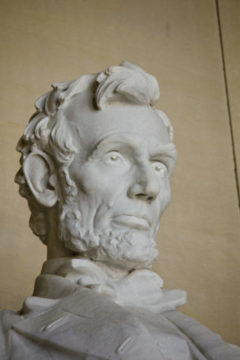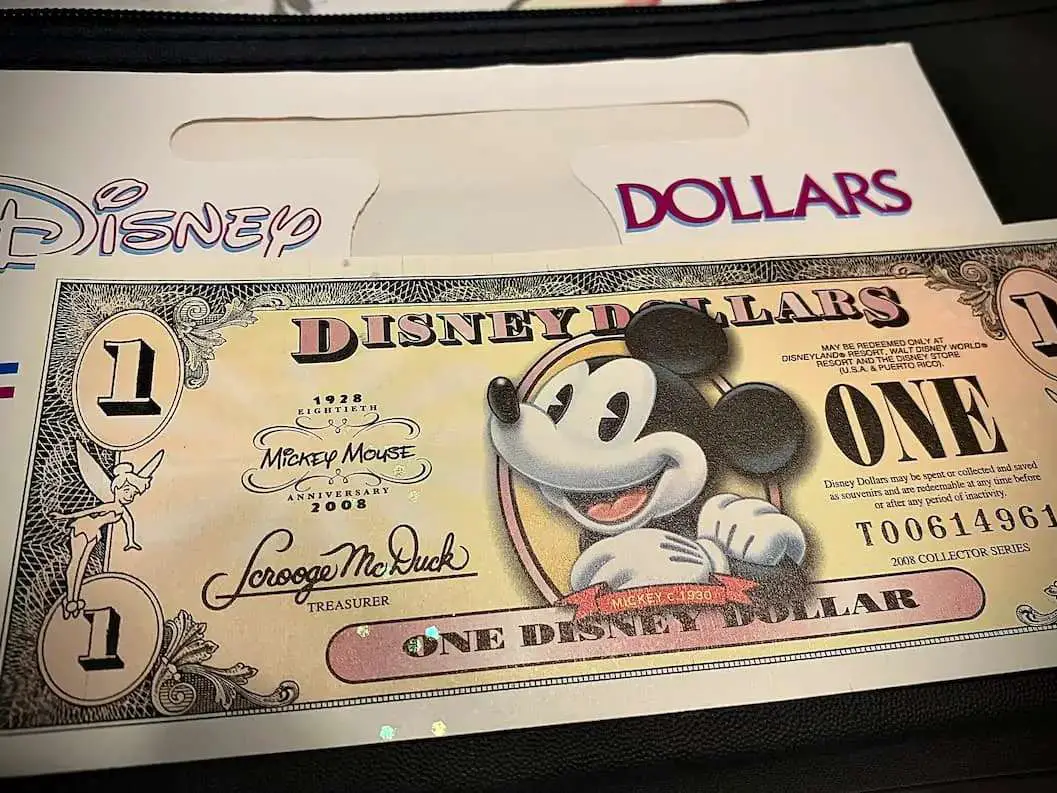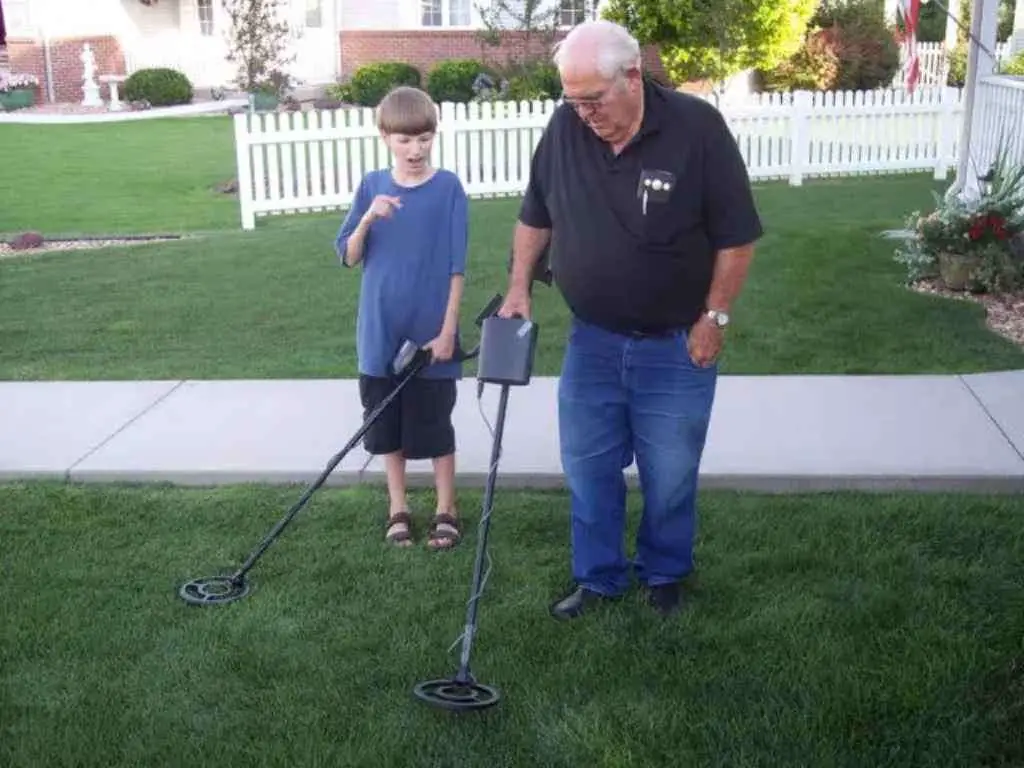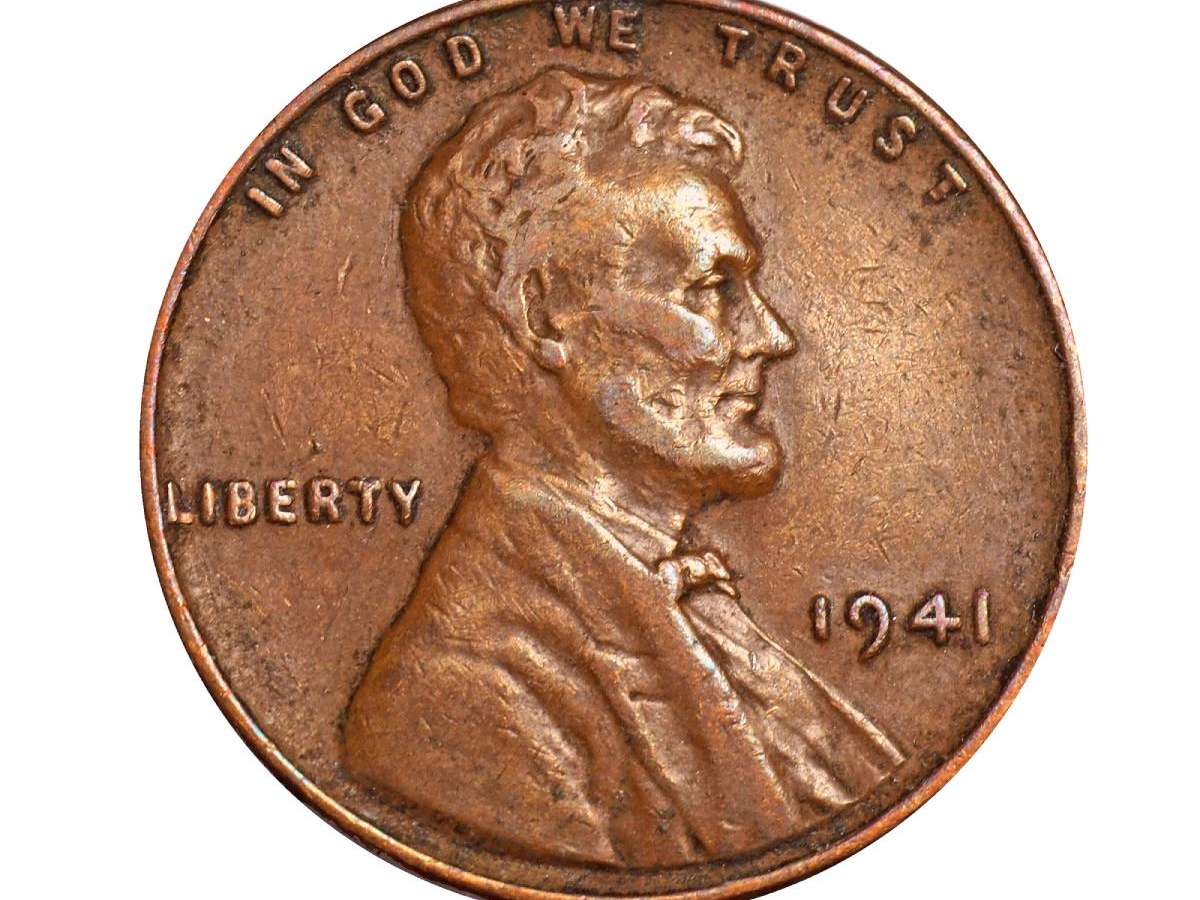“Semi-key” refers to a number of different scarce (but not necessarily rare) coins — especially those which are regularly collected within a whole series (every date and mintmark of a certain design) like Lincoln cents, Buffalo nickels, Walking Liberty half dollars, etc.
A lot of people know about the really rare Lincoln pennies:
- 1909-S
- 1909-S V.D.B.
- 1914-D
- 1922 “Plain” (no mintmark)
- 1931-S
Those 5 coins have represented many challenges for Lincoln cent collectors over the years.
In fact, they are such well-known key coins that even many non-collectors know they have hit it big if they find one of those 5 coins in the attic, a trunk, or even in their pocket change.
However, those 5 Lincoln cents are not the only ones that prove scarce to collectors. In fact, there are many date-and-mintmark combinations which are very difficult to find, cost collectors a pretty penny to buy, and certainly are on the wish lists of many people. Which Lincoln cents are these?
Following is a list of the most popular semi-key Lincoln cents…
Lincoln Semi-Key Coin Values
- 1910-S, 6,045,000 minted ($15 to $225)
- 1911-D 12,672,000 minted ($7 to $550)
- 1911-S 4,026,000 minted ($28 to $2,000)
- 1912-D 10,411,000 minted ($9 to $500)
- 1912-S 4,431,000 minted ($22 to $41,150)
- 1913-D 15,804,000 minted ($4 to $550)
- 1913-S 6,101,000 minted ($12 to $750)
- 1914-S 4,137,000 minted ($23 to $1,500)
- 1915-S 4,833,000 minted ($20 to $1,750)
- 1922-D 7,160,000 minted ($16 to $375)
- 1924-D 2,520,000 minted ($38 to $1,000)
- 1926-S 4,550,000 minted ($8 to $1,750)
- 1931-D 4,480,000 minted ($4 to $200)
- 1932 9,062,000 minted ($2 to $50)
- 1932-D 10,500,000 minted ($3 to $75)
- 1933-D 6,200,000 minted ($3 to $75)
Prices are according to the Professional Coin Grading Service. Low price range is for “Good-4” coins, upper range is “Mint State 66”.
Semi-Key vs. Key Date Coins Explained
As opposed to key coins (those which are the most expensive and rarest in a series), semi-key coins belong to the next tier of coins below “key coins.” Still expensive and scarce, just not as pricey and rare as those that prove to be almost impossible for some collectors to obtain.
The semi-key Lincoln cents listed above are becoming increasingly difficult to find in all grades. Some are scarcer in high grades than others. Some Lincoln cents are considered “key” coins in higher grades while common in lower grades. The values listed here are for general “semi-key” Lincoln cents based on relative scarcity and price among all grades.
Over recent years, most of these semi-key Lincoln cents have seen a steady rise in price and demand. While these semi-key coins certainly do not qualify as among the rarest in the series (and some, arguably, are still considered “common” by several enthusiasts) in lower grades, they are no doubt scarce, or getting scarcer.
Most of the semi-key Lincoln cents listed here have mintages of less than 10 million. Lincoln cents are one of the most popular coins to collect as a series — not only in the U.S. but in many other parts of the world, too. Demand overall is strong for these coins, and the value of these wheat pennies is equally robust.
As mintages count only the number of coins made (not the number of coins surviving), it is safe to say that many of these semi-key Lincoln cents have been lost over the decades. A significant amount which survive are damaged, cleaned, corroded, bent, or so worn that they would not be desired by a collector.
While it is possible to find these semi-key Lincoln cents in circulation, the likeliest way to get a hold of these coins is to buy them from a coin dealer.
One of the best books on the market for Lincoln cent collectors is David Bowers’ A Guide Book of Lincoln Cents, published by Whitman.
I’m the Coin Editor here at TheFunTimesGuide. My love for coins began when I was 11 years old. I primarily collect and study U.S. coins produced during the 20th century.
I’m a member of the American Numismatic Association (ANA) and the Numismatic Literary Guild (NLG) and have won multiple awards from the NLG for my work as a coin journalist. I’m also the editor at the Florida United Numismatists Club (FUN Topics magazine), and author of Images of America: The United States Mint in Philadelphia (a book that explores the colorful history of the Philadelphia Mint). I’ve contributed hundreds of articles for various coin publications including COINage, The Numismatist, Numismatic News, Coin Dealer Newsletter, Coin Values, and CoinWeek.
I’ve authored nearly 1,000 articles here at The Fun Times Guide to Coins (many of them with over 50K shares), and I welcome your coin questions in the comments below!






